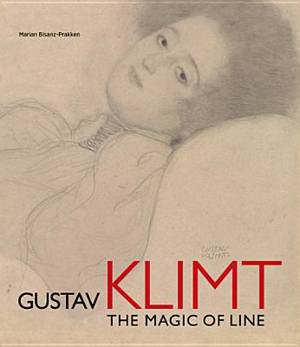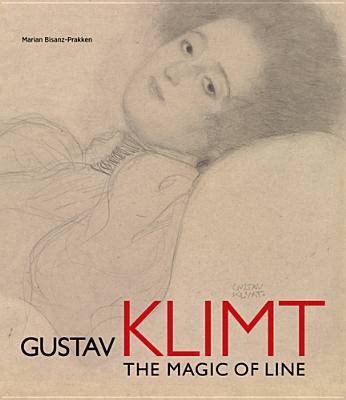
- Retrait gratuit dans votre magasin Club
- 7.000.000 titres dans notre catalogue
- Payer en toute sécurité
- Toujours un magasin près de chez vous
- Retrait gratuit dans votre magasin Club
- 7.000.0000 titres dans notre catalogue
- Payer en toute sécurité
- Toujours un magasin près de chez vous
Récompenses
Description
The phenomenal draftsman Gustav Klimt occupies a unique place in modern art. His extant oeuvre comprises some 250 paintings and more than 4,000 works on paper. The study of the human figure--above all female--lies at the heart of the artist's activity as a draftsman, which he practiced assiduously. Through his study of the poses and gestures of his models, Klimt repeatedly examined the essence of particular psychological and existential states of being. In his constant quest for the ideal solution, Klimt often went beyond the preparation of his paintings, which, particularly after 1900, were dominated by the themes of Eros, Love, Life, and Death. His art cannot be understood without carefully considering the drawings, which are characterized by an unsurpassed mastery of line, in all the phases of his artistic development--from Historicism, through Stilkunst around 1900, the Golden Period, and up to his freer late work.
This lavishly illustrated publication accompanies the exhibition organized by the Albertina Museum in Vienna (March 13 to June 10, 2012) and the J. Paul Getty Museum in Los Angeles (July 3 to September 23, 2012) to mark the 150th anniversary of Gustav Klimt's birth. In both venues, the emphasis will be placed on showing not only the variety of his draftsmanship, but also the centrality of drawing to Klimt's artistic enterprise. Most of the works on display will come from the Albertina's outstanding collection, one of the most extensive and representative groups of Klimt drawings in the world, complemented by select Austrian and international loans.Spécifications
Parties prenantes
- Auteur(s) :
- Editeur:
Contenu
- Nombre de pages :
- 304
- Langue:
- Anglais
Caractéristiques
- EAN:
- 9781606061114
- Date de parution :
- 10-07-12
- Format:
- Livre relié
- Format numérique:
- Genaaid
- Dimensions :
- 249 mm x 295 mm
- Poids :
- 1927 g

Les avis
Nous publions uniquement les avis qui respectent les conditions requises. Consultez nos conditions pour les avis.








